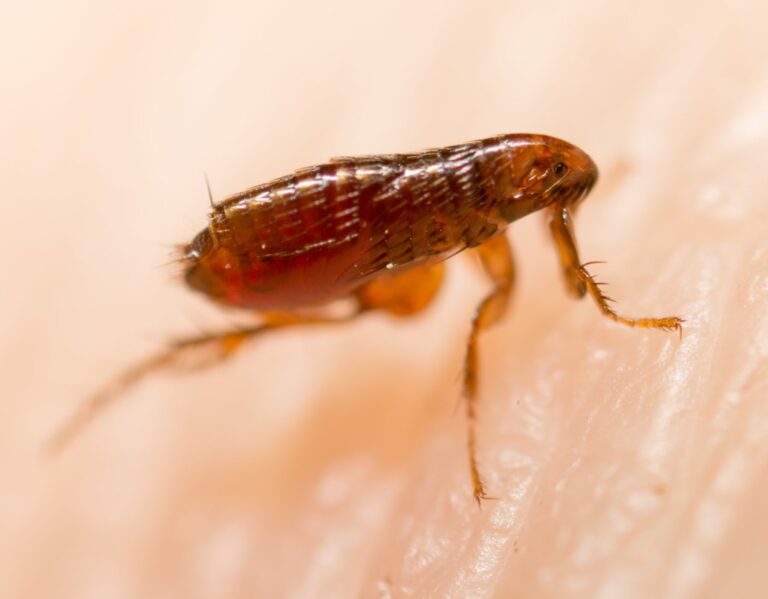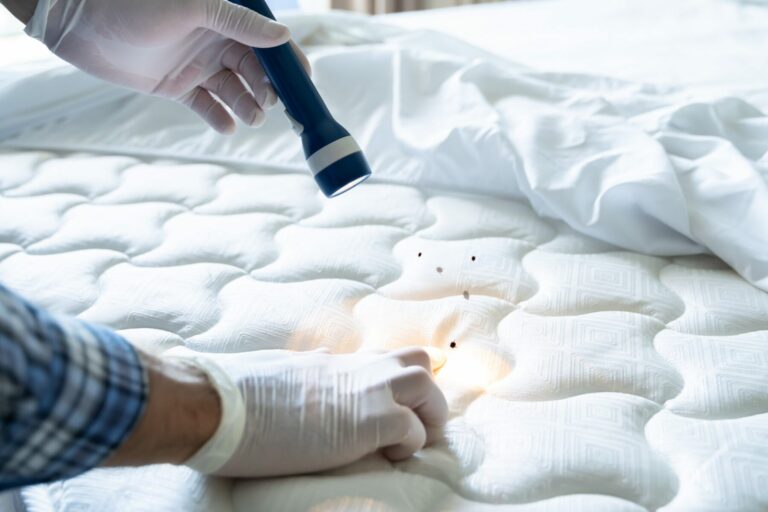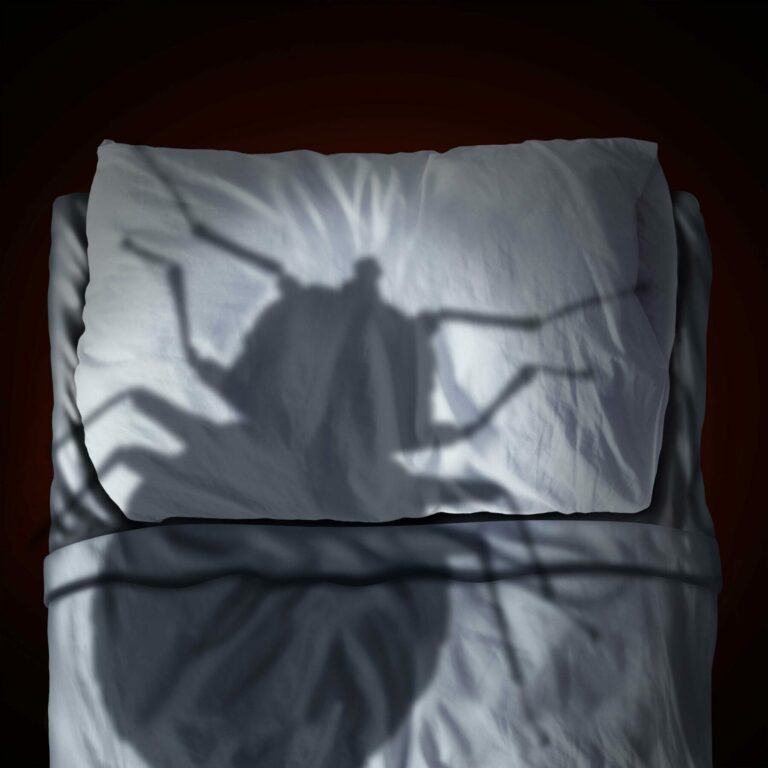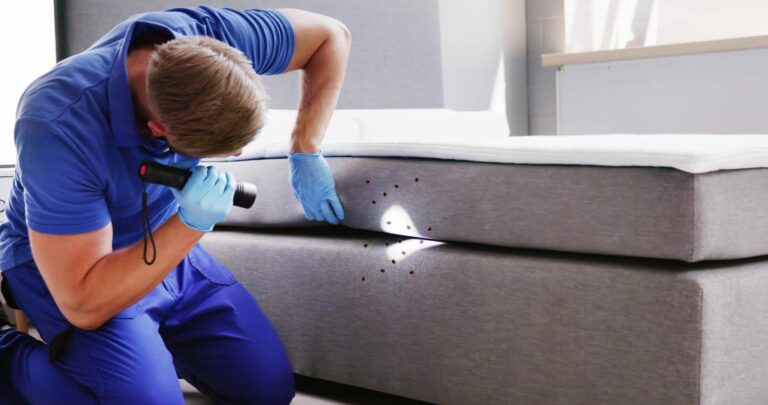Where Do You Find Bed Bug Larvae?
Bed bug infestations have become a common issue globally, causing discomfort and stress to countless individuals. One effective strategy in combating this nuisance is targeting the bed bug larvae and eggs. These young pests are easier to eliminate compared to their mature counterparts, and getting rid of them can potentially disrupt the life cycle of the infestation, reducing the population significantly. Our goal is to understand where bed bug larvae are typically found and how their eradication can aid in dealing with the entire infestation.
Bed Bug Life Cycle
Bed bugs, or Cimex lectularius, have a life cycle that includes five nymph stages before reaching adulthood. Each of these stages requires a blood meal to proceed to the next. The process begins with a female bed bug laying eggs, which are tiny and white, often found in clusters in concealed locations. After about 6-10 days, these eggs hatch into first-stage nymphs or bed bug larvae.
Larvae are about the size of a pinhead and are lighter in color, making them harder to spot. As they grow through subsequent stages, they become darker and larger, eventually reaching adult size in about five weeks. Notably, eliminating the larvae can be a strategic and effective approach to reducing the overall infestation, as they are easier to kill and their removal interrupts the bed bug reproductive cycle.
Identifying Bed Bug Larvae
Identifying bed bug larvae is a crucial step in effectively eradicating an infestation. Bed bug larvae, also known as nymphs, are often overlooked due to their small size. Their color varies from translucent to a light tan, offering them a high level of camouflage against light-colored linens and bed frames. As they mature, they progressively darken to a rust-brown hue, making them easier to spot.
One distinct feature to assist identification is their elongated body shape that is similar to the adults, yet smaller. Moreover, after a blood meal, they may appear brighter due to the ingested blood visible through their translucent body. Being vigilant about these indicators and regularly inspecting potential hiding places such as mattress seams, behind wallpaper, and within cracks and crevices in the bed frame can aid in early identification and consequent elimination of these pests.
Common Hiding Places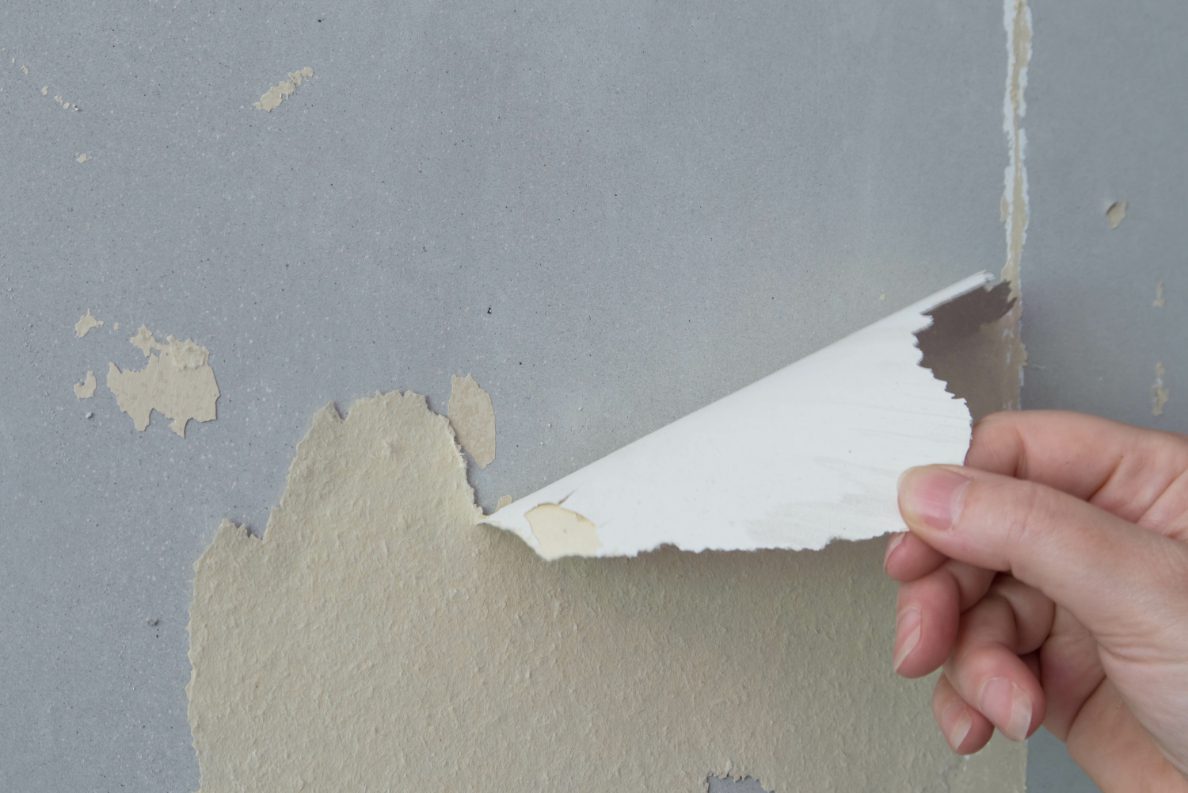
Bed bug larvae, like adult bed bugs, tend to seek refuge in dark, secluded areas that provide easy access to their human hosts. These common hiding places include the seams of mattresses and box springs, cracks and crevices in bed frames, behind loose wallpaper or peeling paint, and inside upholstered furniture. They can also be found beneath carpets and rugs, within clutter near the bed, and even in electronic appliances. It is crucial to inspect these areas thoroughly when attempting to eradicate a bed bug infestation, as these pests can proliferate rapidly if even a small number of eggs or larvae are overlooked. Regular inspection and cleaning of these areas can help prevent re-infestation once the initial infestation has been treated.
Signs of an Infestation
Recognizing the signs of a bed bug larvae infestation is paramount in initiating timely and effective pest control measures. The first sign of a bed bug larva infestation is often the appearance of small, reddish-brown fecal spots on your mattresses, bed linens, or nearby walls and furniture. These spots are a result of bed bug larvae excreting the blood they have ingested as a waste product. Another sign can be the presence of tiny, translucent skins shed by the larvae as they mature and grow.
In some cases, you may notice tiny, white eggs or eggshells, usually hidden in secluded places. Lastly, unexplained bites on your body, often in a line or cluster, can be an indication of bed bug larvae activity. These bites are typically itchy, raised welts that become noticeable upon waking up. It’s crucial to act swiftly upon noticing these signs, as an unchecked infestation can rapidly increase in severity.
Prevention Tips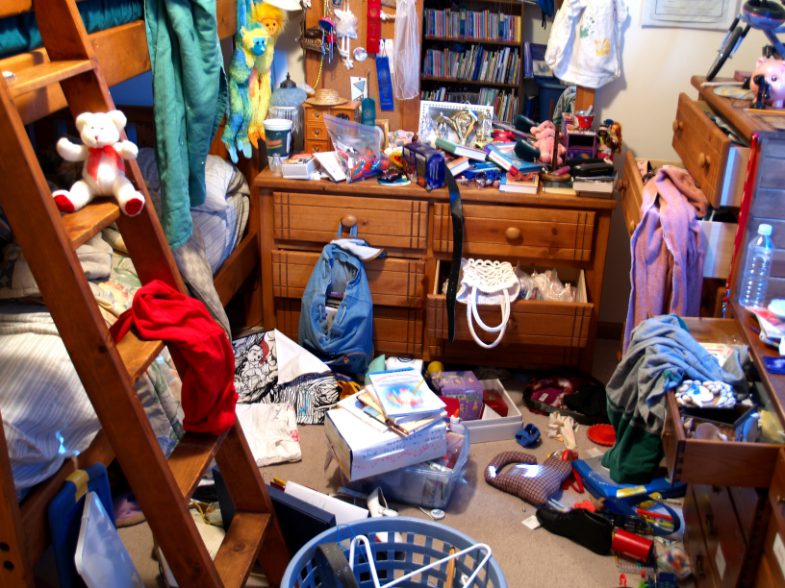
Prevention is indeed the best cure when it comes to bed bug infestations. Here are some tips to help keep these pests at bay:
- Regular Cleaning: Make it a habit to clean your home regularly, especially the bedrooms. Washing and heat-drying your bed linens, blankets, and any clothing that touches the floor can kill bed bugs at all stages of their life cycle, including the larvae.
- Reduce Clutter: Clutter provides bed bugs with numerous hiding places. Reducing clutter in your home can limit these hiding spots and make it easier to notice signs of an infestation.
- Seal Cracks and Crevices: Bed bugs often hide in small cracks and crevices in walls, furniture, and the floor. Sealing these areas can prevent bed bugs from finding a place to hide and lay their eggs.
- Be Careful When Traveling: Bed bugs can hitch a ride on your luggage when you stay in infested hotels or use public transportation. Always inspect your surroundings and keep your luggage off the floor when possible.
- Use Protective Covers: Use bed bug-proof covers on your mattresses and box springs. These covers are made of fabric woven tightly enough to prevent bed bugs from entering or escaping.
- Professional Inspection: If you’ve had a bed bug problem in the past, it might be worth getting your home professionally inspected once a year to make sure the bugs haven’t returned.
Remember, prevention is easier than dealing with an active infestation, so these proactive measures can save you a lot of discomfort and stress.
Wrapping Up Without the Bugs!
Bed bugs, especially their larvae, can pose a formidable challenge due to their small size, rapid reproduction, and the wide variety of hiding places they can inhabit in a typical home environment. Early detection is crucial to preventing severe infestations, and this involves a keen eye for the subtle signs they leave behind, such as fecal spots, shed skin, and unexplained bite marks. Implementing proactive measures like regular cleaning, clutter reduction, and periodic professional inspections can greatly help in keeping these nuisances at bay. When dealing with bed bugs, a disciplined and sustained approach is far more effective than reactive measures, saving you time, energy, and peace of mind in the long run.
Taking Action Against Bed Bug Infestations
If you’re experiencing a bed bug infestation, don’t despair! Here at Bed Bug Barbeque in Cleveland, Ohio, we’re equipped with the expertise and tools necessary to eradicate these pests from your home. Don’t let the bed bugs bite for another night. Give us a call today at (216) 221-1227 or visit our website. Your peace of mind is just a phone call away.




